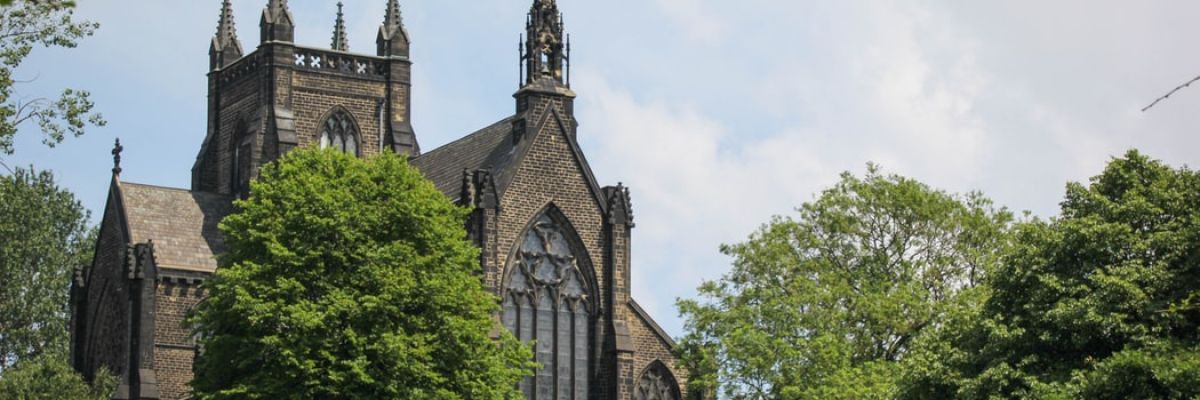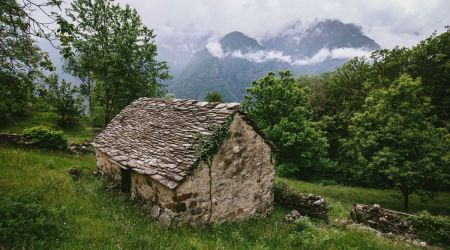Chancel Repair Liability

An issue that has plagued home buyers for many years is finding out that they are not only buying a property but a chancel repair liability to carry out repairs to a local church based on ancient law (chancel repair liability). Whatsmore, the cost can be so high that you could end up losing your home and being left with a huge legal bill to pay. Many have found themselves in this exact position over the years. Fortunately, things have improved but there are still risks. A question sent in by a visitor had this question.
We visited a lovely little cottage that was ideal for our retirement, unfortunately, we missed out on it but our solicitor suggested it was probably just as well. He suspected it was subject to chancel repair liability and the church had a valid claim registered. Can you explain this in more detail?
I had the displeasure of assisting in a case involving Chancel Repair Liability many years ago. It saddens me to say that during the event I found the Church to be quite ruthless in its pursuit of the claim. Some background will help here to get started on this subject.
What is Chancel Repair Liability?
In today’s terms, it is a very ancient law, dating back to a time before the reformation. Whilst trying to avoid a history lesson the basic position was that Churches in England and Wales, around 5,000 of them at that time were ministered by a minister, rector or parson. All of these Churches lay within the various parishes.
Essentially the Rector was responsible for repairs to the chancel of their church. The chancel is the area of the church that is normally for the clergy, in relative terms, it is a fairly small part of the overall building. In relation to the rest of the church and the repairs, yes, the most expensive part, were the responsibility of the parish members.
Around 1536 an event occurred which is referred to as the Dissolution of the Monasteries, this lasted around five years until 1541. Henry VIII disbanded monasteries amongst others, but what remained intact throughout all of this was chancel repair liability and it was passed on through the years, centuries in fact.
Fast forward a few hundred years and although the requirement for who would be parish members today to contribute to Church repairs is more of voluntary action, this is not the case where rectors in the past have gifted or traded property or land within the parish.
Anyone today who owns land or property that is subject to chancel repair liability is known as a lay rector, or in other words, responsible for repairs to the church.
The biggest issue with chancel repair liability in the past is that many don’t even know that they had this liability.
Perhaps the most notable case was that of Mr and Mrs Wallbank.
Aston Cantlow Parochial Chruch Council vs Wallbank
Ardian and Gail Wallbank inherited a property in 1990 from Gail’s father, it was a small farm. In 2003 they received a letter initially requesting £100,000 to fund repairs to the Aston Cantlow Church. The Wallbanks were considered lay rectors and therefore subject to chancel repair liability.
The short version of this story is that after a legal battle spanning almost 20 years, the Wallbanks lost and in financial ruin facing having to pay for the repairs and legal costs in the region of £350,000.
How did they find themselves in this position?
Well, in the distant past, the church, being significant landowners at the time had gifted around 3 acres of land to the farm. In return for this land, the farm owner at the time agreed to pay towards repairs for the church and therefore became a lay rector. That status was then passed down to every subsequent owner ever since.
A clue in the name
Sometimes the name of a property or streets may give an indication that there could be chancel repair liability. In the case of the Wallbanks, the farm was called ‘Glebe Farm’. Glebe is a name that refers to land within a parish that supports the parish. Other names like property called ‘The Old Rectory’ or a street called Vicarage lane whilst not guaranteed to suggest a liability, should trigger a check by a solicitor.
Although after the Wallbank case it became standard to either carry out a check to establish if chancel repair liability existed or take out an indemnity policy just in case a claim was ever made.
The law has changed, at last
Up until 2013 churches did not have to protect their right to make a claim for chancel repairs, whenever it was required they simply went on the hunt if you like to find opportunities to make a claim as in the case of the Wallbanks, and others of course.
Chancel Repair Bill
From October 2013 chancel repair is no longer deemed to have an overriding interest. That does not mean the liability has ended, it just means there are more rules in place which may mean the liability still exists but it is much clearer if it does and where it does not.
Where chancel repair liability existed before, it can still exist if;
- The current freeholder has owned the property prior to October 2013.
- The current freeholder has owned after October 2013 but did not necessarily pay full market value.
- A right to claim has been registered on the title of the land by the Parochial Church Council.
- A caution was added at first registration of title notifying of a right to claim.
- It is considered reasonable to assume that if you are purchasing a property at full market value and there has been no notice of chancel repair liability registered before the 13th October 2013 then no liability will exist.
It is worth noting that before the 13th of October 2013, various churches registered claims against more than 13,000 properties. That is not to say they will claim, but they could. In any event, if you did consider purchasing one then the title will show the liability exists.
So there we are, an interesting one. Hope that helps explain it in enough detail without getting too much into the history, which I admit I was itching to do as I find the subject interesting.
Lee Wisener, CeMAP, CeRER, CeFAP
Having worked in the mortgage industry for over 20 years I have always wanted to build a website dedicated to the subject. Also being a geek when it comes to the internet all I needed was time and I could both build the site from scratch and fill it with content. This is it!

<< Newer Post
Indemnity insurance BenefitsOlder Post >>
Mortgage arrears are up